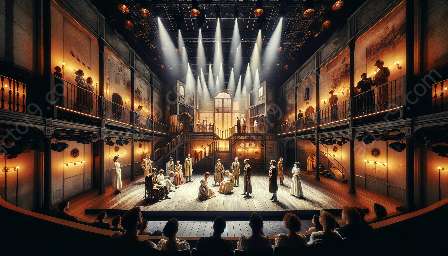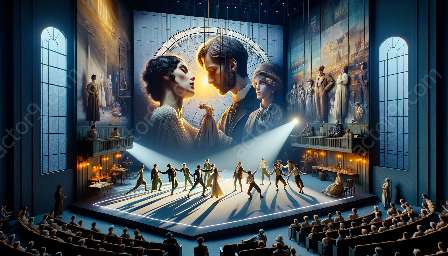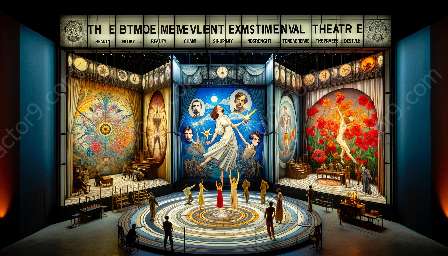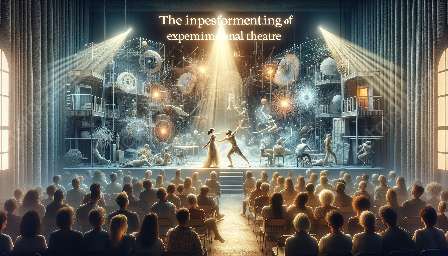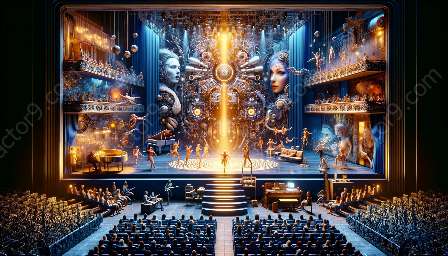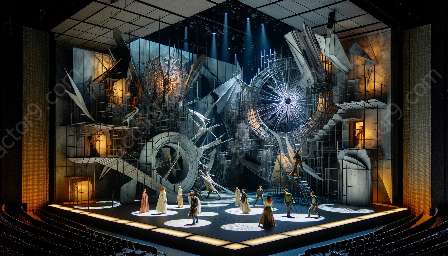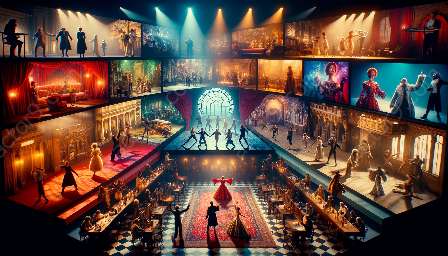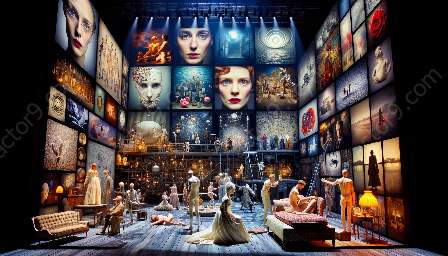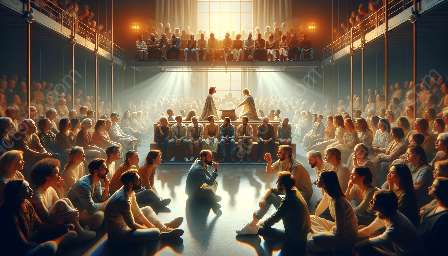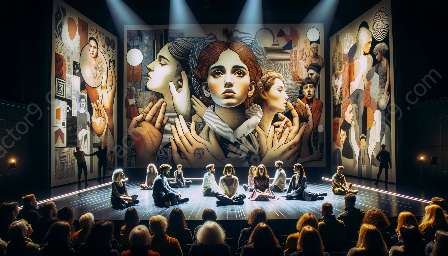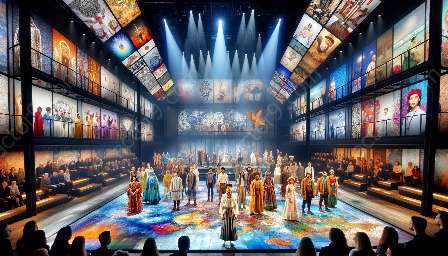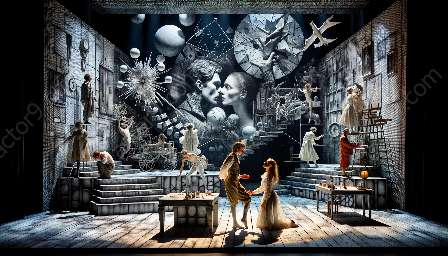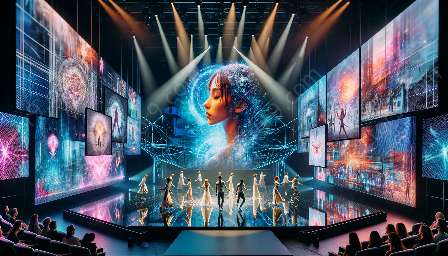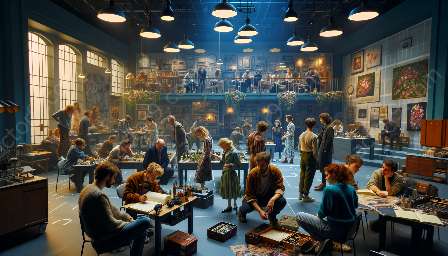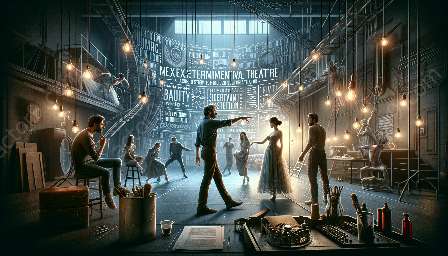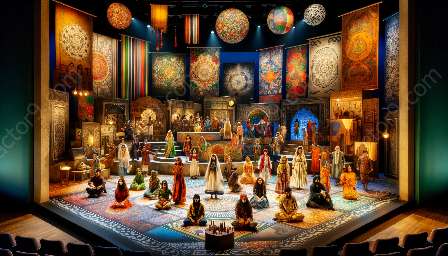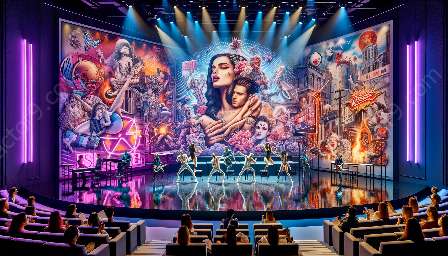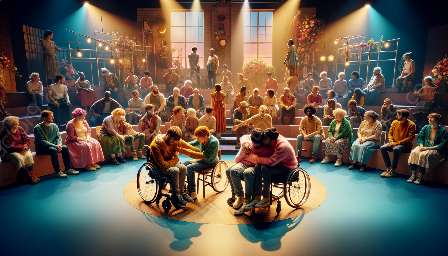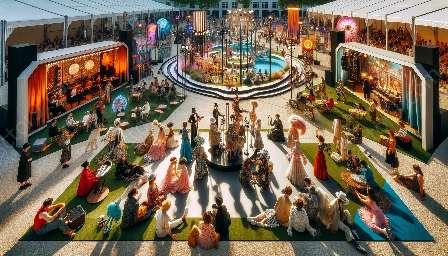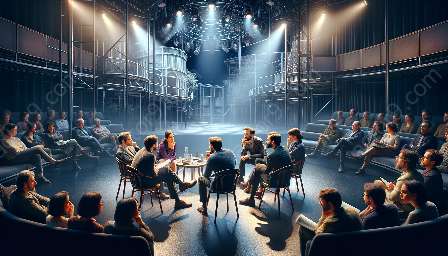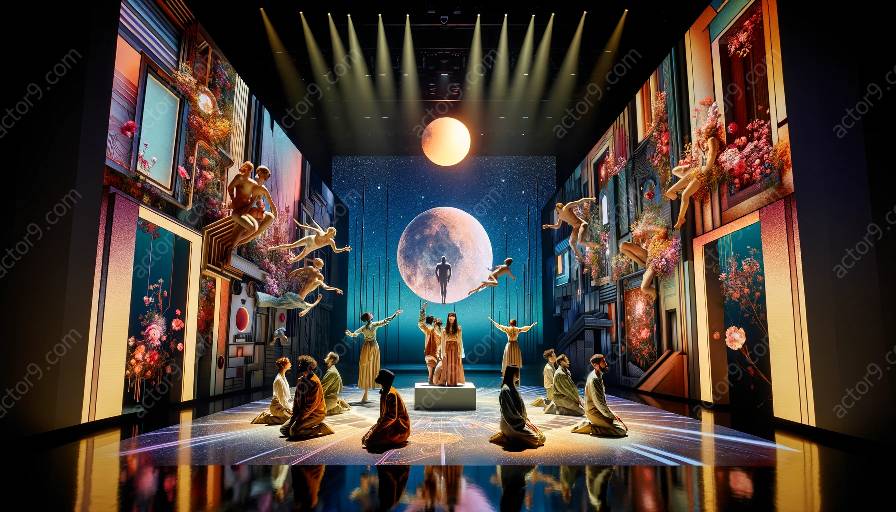Experimental theatre continually explores innovative ways to address societal issues, including accessibility and inclusivity. This topic cluster delves into how contemporary experimental theatre trends intersect with efforts to promote accessibility and inclusivity within the field. We will explore various approaches and techniques employed by experimental theatre practitioners to create an inclusive and accessible environment for audiences and artists alike.
Understanding Accessibility and Inclusivity in Experimental Theatre
Accessibility is a fundamental aspect of any performance art form. Experimental theatre, with its emphasis on pushing boundaries and reimagining traditional practices, seeks to redefine what it means to make theatre accessible to all. Inclusivity, on the other hand, aims to create a welcoming and diverse space where individuals from various backgrounds feel represented and included in the theatrical experience. These two concepts form the cornerstone of the discussions within the context of experimental theatre.
Contemporary Experimental Theatre Trends and Accessibility
Contemporary experimental theatre is characterized by its willingness to challenge norms. In this context, accessibility has become an increasingly important consideration. The use of multimedia, unconventional performance spaces, and non-linear narratives has opened up opportunities for a more inclusive audience experience. Additionally, the incorporation of accessibility features such as sign language interpretation, audio descriptions, and relaxed performances has become more prevalent in experimental theatre productions.
Empowering Inclusivity in Experimental Theatre
Inclusivity in experimental theatre extends beyond the content of the performance. It encompasses the recruitment of diverse talent, the representation of marginalized narratives, and the active engagement with communities that have historically been excluded from traditional theatre spaces. With the rise of identity-conscious theatre-making, experimental practitioners have been at the forefront of advocating for intersectional representation and actively challenging systemic barriers.
Exploring Techniques for Enhancing Accessibility
Experimental theatre often utilizes immersive and interactive elements, providing innovative ways to engage audiences of varying abilities. Utilizing sensory experiences and alternative forms of communication, such as touch and smell, experimental theatre aims to transcend traditional accessibility measures. Furthermore, digital advancements have enabled experimental theatre to develop virtual and augmented reality experiences, further broadening accessibility options.
Challenges and Progress in Inclusivity Efforts
While experimental theatre has made significant strides in addressing accessibility and inclusivity, challenges persist. Financial constraints, institutional resistance, and the need for ongoing education within the theatre community are ongoing obstacles. Efforts to promote inclusivity through accessible programming and outreach initiatives continue to evolve, driven by the passion and dedication of experimental theatre practitioners.
Conclusion
Experimental theatre's commitment to addressing accessibility and inclusivity embodies its spirit of pushing boundaries and redefining the theatrical landscape. By embracing contemporary trends and actively striving for inclusivity, experimental theatre remains at the forefront of creating truly transformative and accessible experiences for all individuals.

